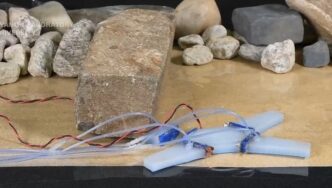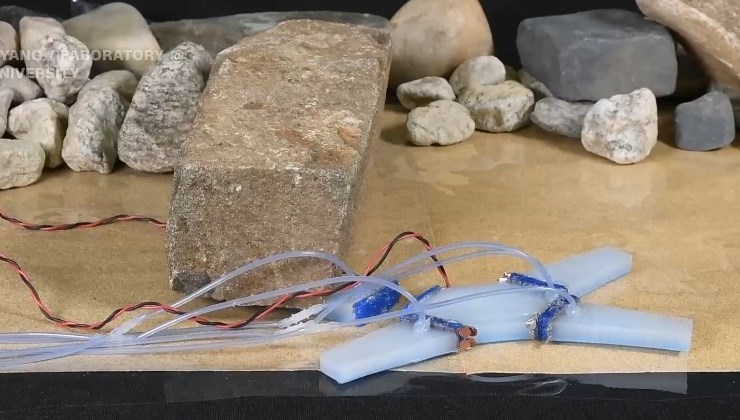A group of researchers from Yale University in the USA has created a robot that cuts off its leg to save itself. Despite losing its limbs in trapped situations, the robot can continue its mission and helps search and rescue efforts in dangerous conditions. The robot, whose joints are made of a special material that can be reshaped with electric current, was designed with inspiration from lizards in nature.
Scientists from Yale University in the USA have developed a soft robot that can cut its own limbs by taking inspiration from nature.
Rapid developments in robot technology frequently lead scientists to draw inspiration from the skills of animals. Soft robots, in particular, offer great advantages over their rigid counterparts made of metal and plastic when it comes to performing tasks that require flexibility. Researchers working at the Faboratory laboratory affiliated with Yale University have designed a robot that can cut its own limbs when stuck. This invention was developed with inspiration from lizards that leave their tails behind in times of danger. In the study published in the journal Advanced Materials, the severed limb of the robot can be reattached later.
The joints, made with a new material called homeomorphic thermoplastic foam (BTF) and an adhesive polymer, can be melted and separated by applying an electric current and then put back together again.
IT COULD BE USED IN SEARCH AND RESCUE EFFORTS Bilige Yang, who led the study, says the robot can navigate in difficult conditions and take on different forms. “We can adjust the functionality of the robot on demand,” Yang says.
Yang thinks a robot that can leave its limbs behind could be useful in search and rescue operations and on planets with dangerous terrain.
Yu Jun Tan, who works on soft electronics and robotics at the National University of Singapore, which he was not involved in, says that with the invention in the study, he has seen for the first time a soft robot that can amputate and restructure itself: This is a very, very interesting invention that could be used in different areas. Yang and his team are also currently working on robotic turtles that have features like the rounded legs of land turtles and the flexible legs of sea turtles.













